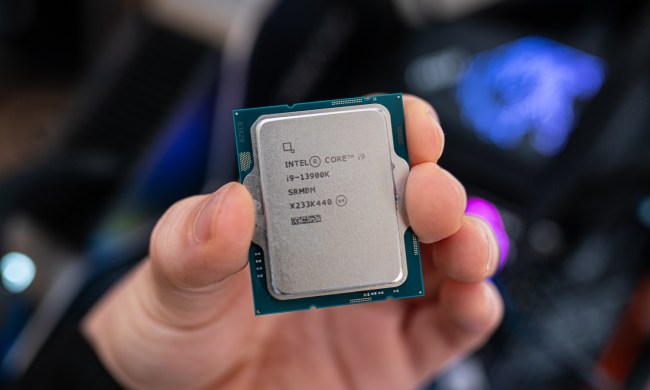Late last year, Intel revealed a limited number of processors based on its latest Broadwell architecture, but the chips, known as Core M, were designed primarily for very slim, portable systems. And they were just the tip of the iceberg.
Now the rest has been revealed, and there was a lot hiding under the surface. A total of 17 processors have come to light spanning the Celeron, Pentium, Core i3, i5 and i7 product lines. They’re all dual-cores, and they’re all mobile chips, but their speeds and power consumption vary.
Most of the chips have a thermal design power (TDP) of 15 watts. That’s roughly three times a typical Core M processor, which has a specified TDP of 4.5 watts, and the difference should give you an indication of their relative capabilities. When we benchmarked Core M we found it was notably slower than a typical fourth–gen Core chip, but that won’t be true for these new Core processors.
While Intel has rated the majority of the new chips at 15 watts, the specifications vary substantially. On the low end there’s the Celeron 3205U, which has a base clock of 1.5GHz and doesn’t include hyper-threading or Turbo Boost. On the other end of the spectrum is the Core i7-5600U, which has a base clock of 2.6GHz and a maximum Turbo Boost of 3.2GHz on a single core.
Four of the chips do stand out from the rest, but not because of raw processing power. The quadruplet, which includes the i3-5157U, i5-5257U, i5-5287U and the i7-5557U, boasts a 28-watt TDP. Base frequencies are up a bit, topping out at 3.1GHz, but much of the extra juice goes to the upgraded Iris 6100 graphics.
So, what does all this mean? Perhaps less than you think. Even Intel’s slides claim only a 4-percent increase in productivity performance, which is the smallest jump this writer has ever seen on a company slide. This comes alongside a boost in battery life of up to 90 minutes, however, so the efficiency of Broadwell isn’t going to waste. It’s just going more to portability than performance, which is why we’re seeing multiple laptops with battery life exceeding 10 hours.
We’ll know more about how the fifth-gen processors stack up within a few days, after we have a chance to test the processors first hand.


